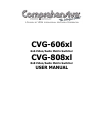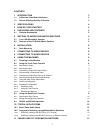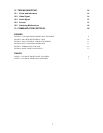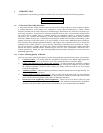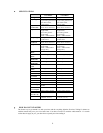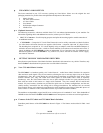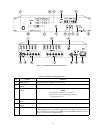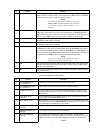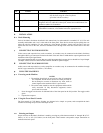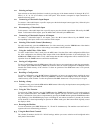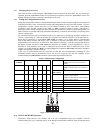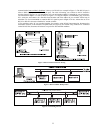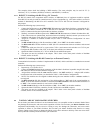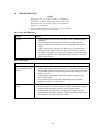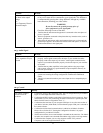
3
1
INTRODUCTION
Congratulations on purchasing your Matrix Switcher. This user manual describes the following products:
CVG-606xl
CVG-808
xl
1.1 A Word on Video/Audio Switchers
A video/audio switcher usually switches between several sources (inputs) and one or more acceptors (outputs).
A switcher that allows several inputs to be connected to several outputs simultaneously is called a Matrix
Switcher. Switchers may be of the electronic or mechanical type. Most matrices are of the active electronic type,
with many crosspoints. Vertical Interval Switching, frequently used in video, ensures that the transition from
one video source to another (such as switching between two genlocked cameras) is smooth and without
interference. The switching and changeover is done during the blanked vertical interval period, when the
transition is hidden from the eyes. Vertical Interval Switching is needed when recording or transmitting a video
program involving several video sources, as in live broadcast, to ensure clean, undisturbed picture transitions.
The switched sources should be genlocked. Matrices and switchers may sometimes be RS-232 or RS-485/422
controlled. Each of these options is a way of remotely controlling a video/audio device (switcher etc.) using a
PC with a serial port, or another device that uses a similar communication protocol. The simplest connection
between the RS-232 controller and the controlled device uses two wires (TRANSMIT, RECEIVE) and a
common ground wire. Finally, the wide video bandwidth permits the Matrix Switchers to be used in the most
demanding applications.
1.2 Factors Affecting Quality of Results
There are many factors affecting the quality of results when signals are transmitted from a source to an acceptor:
Connection cables
- Low quality cables are susceptible to interference, they degrade signal quality due
to poor matching and cause elevated noise levels. They should therefore be of the best quality.
Sockets and connectors of the sources and acceptors
- So often ignored, they should be of highest
quality, since "Zero Ohm" connection resistance is the target. Sockets and connectors also must match
the required impedance (75ohm in video). Cheap, low quality connectors tend to rust, thus causing
breaks in the signal path.
Amplifying circuitry
- Must have quality performance when the desired end result is high linearity, low
distortion and low noise operation.
Distance between sources and acceptors
- Plays a major role in the final result. For long distances
(over 15 meters) between sources and acceptors, special measures should be taken in order to avoid cable
losses. These include using higher quality cables or adding line amplifiers.
Interference from neighboring electrical appliances
- These can have an adverse effect on signal
quality. Balanced audio lines are less prone to interference, but unbalanced audio should be installed far
from any mains power cables, electric motors, transmitters, etc. even when the cables are shielded.



